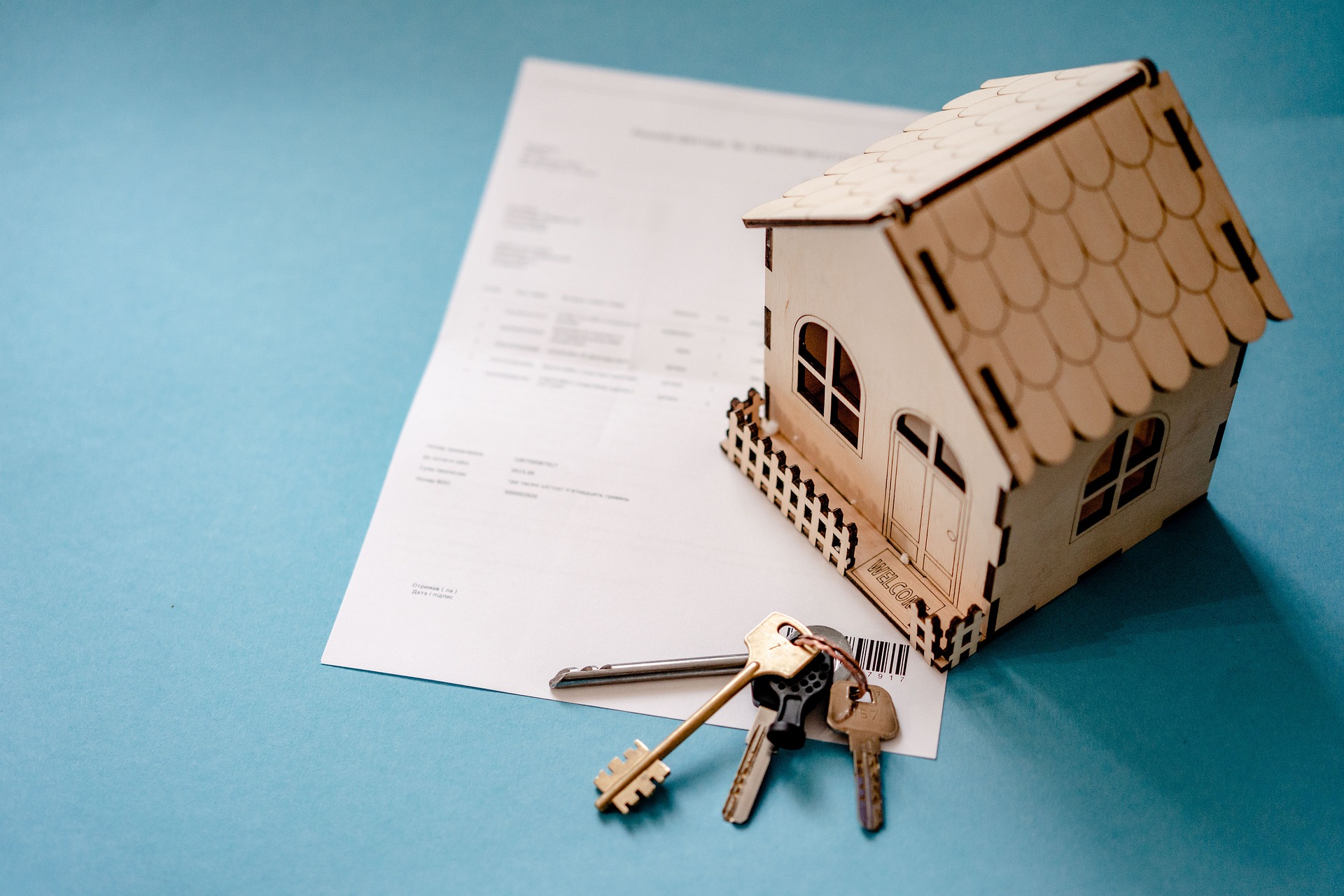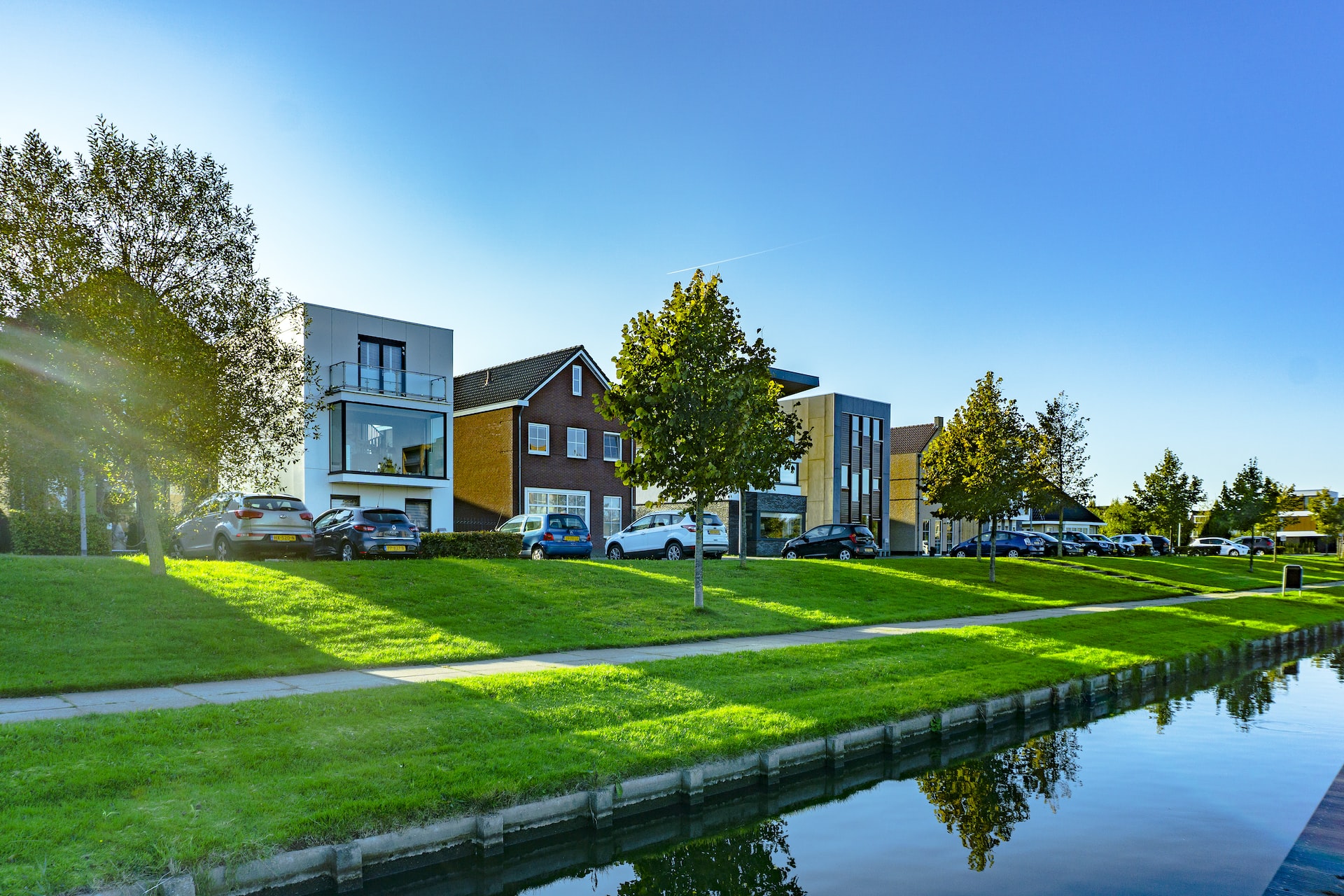Everyone wants to buy a house, but buying a damaged house is not always the best option. If you are considering buying a damaged house, there are some things that you need to think about before pulling the trigger. In this article, you will learn about what you should do before buying a damaged home and why it’s important to consider these factors.
Look into what is damaged on the house
You first need to do an inspection around the house to see what is damaged. Some of the things that you might want to look into are what type of foundation it has if there are any cracks on the house, and some other simple questions like those will help you out a lot when buying a damaged house.
After doing your research about buying a damaged house, now comes actually inspecting what kind of damage exists on the home. This can be done by looking at all different angles and corners both inside and outside of the property. Although this may seem tedious at times, it’s definitely worth saving yourself from future headaches! A few examples include: checking for water leaks (especially in basements), determining how solid any wooden structures feel, and looking for anything that seems like it might be a fire hazard.
Here’s what you need to check:
- the foundation
- cracks
- roof health
- wooden structures
- fire hazard
- water leaks
- walls and ceiling strength
- insulation
Consider how many repairs need to be done
After documenting all the damage, it’s time to consider how many repairs need to be done before buying a damaged house. Sometimes, the damage is so bad it will take months before you can move into the house. If you are looking for a quick flip, buying a damaged house may not be your best option.
This is because many of these houses need completely new electrical wiring and plumbing to make them livable again and it can’t happen overnight, or even within months.
You should also do some research on repair companies in the area and how reputable they are. There are multiple things and weather conditions that can damage a house. Looking into roofing services in San Antonio will be crucial when buying a damaged home in Texas. Make sure they can even repair the roof or if it needs to be replaced completely, and then you have to ensure it’ll be done so that no further damage happens to the house.
Calculate the cost of repairs and renovations and whether it’s worth buying it
You need to determine if it’s even worth buying a damaged house. If you buy the property and decide to sell it later on, what is its resale value? Asking yourself these questions will help you make an informed decision whether buying a damaged house is worth your money or not. Make sure you won’t spend too much, and if it’s maybe smarter to buy one that’s fixed up.
Will the insurance cover some of the repairs
Ask your insurance company if the cost of buying and repairing a damaged house is covered. If it’s not, you could end up with an expensive bill that eats into your profit margins, or worse still, leave you out-of-pocket. Be aware though, cover may be limited for houses in high-risk locations such as those next to rivers or coasts where there are higher chances of flooding.
If the insurance company does cover some repairs, make sure they offer separate buildings insurance that covers damage from catastrophes like floods and earthquakes rather than event-based policies which only insure against things like theft and vandalism. Event-based building insurance isn’t usually sufficient enough to rebuild a property following a disaster.
Consider how safe it is
Safety should be a top priority when buying a damaged house. The last thing you want is for your investment to be inhabited by dangerous or destructive elements, so it’s crucial that whoever buys the property inspects it carefully before buying.
Things like the foundation of the building should be observed closely along with anything related to plumbing and electrical systems in order to make sure they’re all in good shape and working properly. If possible, check out what kind of drainage system there is around the neighborhood where this specific home is located because if water has been accumulating in one area within several months after torrential rainfall then chances are flooding will become an issue in the future years.
What are the living conditions inside
Make sure you can actually live in the house. If you’re buying a damaged home, look around and check out if it is livable or not. Having clean floors is great but what about cracks in the walls? Look into the insulation and HVAC system. If these things are all broken, damaged, or non-existent, it may take a long time before you can move in.
Buying a damaged house comes with its own risk, but if you inspect the damage and see what needs repairing you can calculate the cost and see if it’s worth it. Ask your insurance company for a policy that covers repairs in a damaged home and always look into how safe the house is before moving in. Finally, check the living conditions, because it sometimes takes a long time to move into places like these!





Leave A Comment